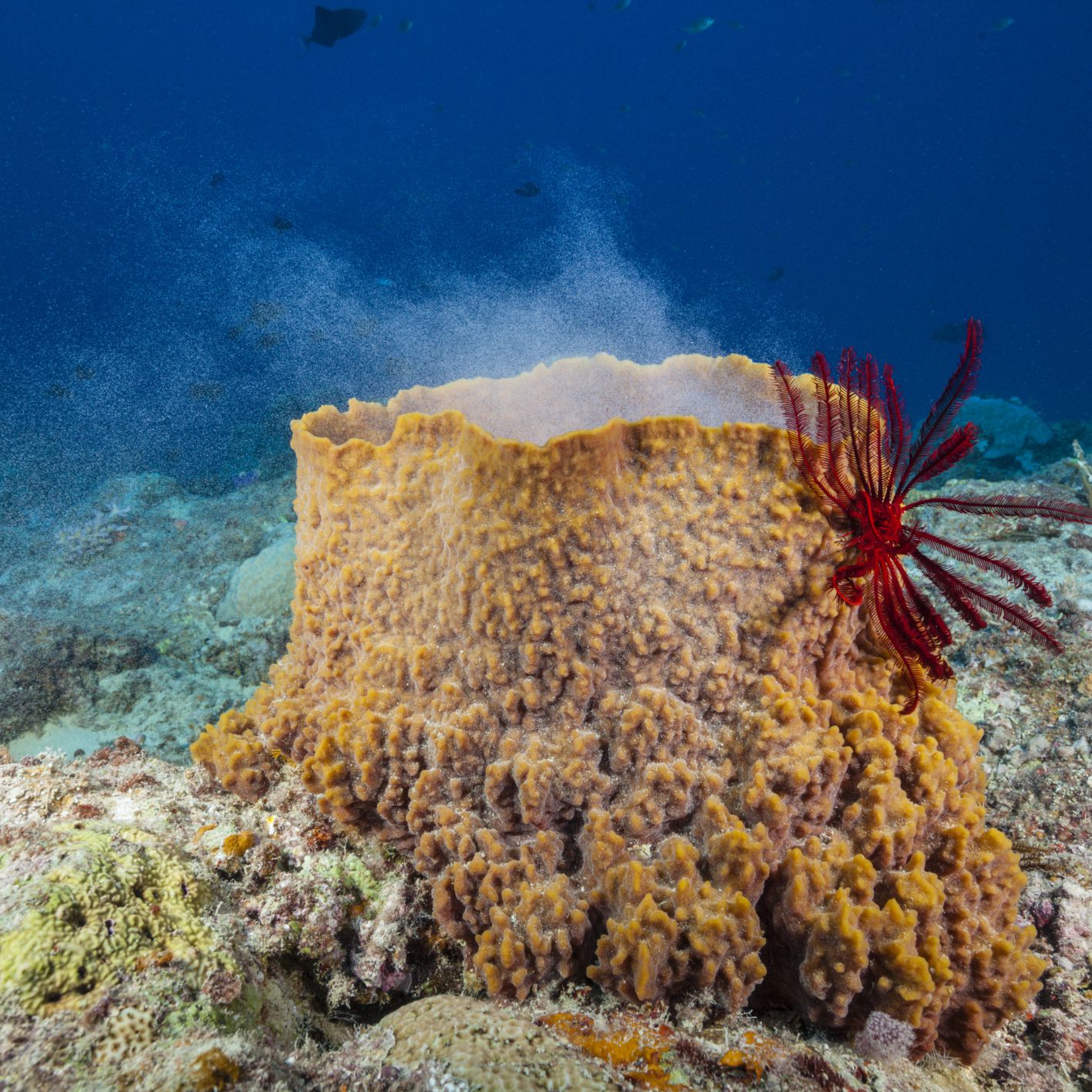The sponge does not have a clear circulatory system, respiratory system, digestive system, or excretory system. Instead, the water flow system supports all these features. They filter food particles from the water flowing through them. Sponges are relatively simple multicellular animals that do not have tissues or organs, but have specialized cells to perform their important functions. Each of these cells has a role: one that is responsible for digestion, one that regenerates, one that can carry water and filter food, one that is used to remove waste, and sponges are simple cell organisms that grow in. Is the ocean. These sponges collected by divers are sold as natural beauty products. Global warming is the greatest threat to these organisms. Sponge can be harmful to the human body when in contact with it in its natural habitat. Natural sponges are a kind of simple marine animal skeleton. They grow in worms, shallow waters, especially off the west coast of the Eastern Mediterranean and Florida. Where is the sponge? Most sponges are found in the sea, but many species are also found in freshwater and estuaries.
Is the sponge multicellular?
Natural sponges are some of the simplest living multicellular organisms. They have no brain, digestive system, circulatory system, nervous system, and once they take root, they do not move.
Is sponge bad for you?
For those who prefer to bathe in natural products, sea sponges provide the opportunity to wash and scrape soap with products manufactured by Mother Nature itself. However, like other natural or synthetic products, sponges have their strengths and weaknesses. On the plus side, many consider natural sponges to be environmentally friendly.
Is the sponge a brain?
Sponge has no brain, digestive system, or blood! Everything that happens in their bodies is determined by the water that goes in and out of their bodies. Water gives them food and oxygen, which flushes out the bad.
Where does the sponge come from?
When you think of sponges, you probably imagine sponges in your kitchen. Believe it or not, your kitchen sponge may actually come from sponge! Sponge is a type of animal that lives in the world's oceans. These sponges are invertebrates, meaning they have no spine.
How is a sponge different from all other animals?
Please mention one thing that makes the sponge different from all other animal phyla. They have a single body layer (monoblasts) and no true tissues, organs, organ systems, or body cavities.
How are sponges different from plants?
Like plants, adult sponges stay in one place. However, unlike plants, sponges must take food into their bodies to survive. They cannot make their own food like plants. .. Some of those cells do a special job, but the sponge has no tissue or organs.
Does the sponge have bones?
Instead of a skeleton, the spongin consists of either a spongin or a spicule. 2015
What's in sponges?
There are no heads, eyes, brains, arms, legs, ears, muscles, nerves, or organs. There are no organs, but sponges are made up of specialized cells that carry out all biological processes. The sponge has many pores for filtering water for food and oxygen and pushing out waste (hence the name Porifera).

Below you will find two helpful answers on a similar topic. 👇
How many knees do honey bees have?Can baby mice drink water?
